
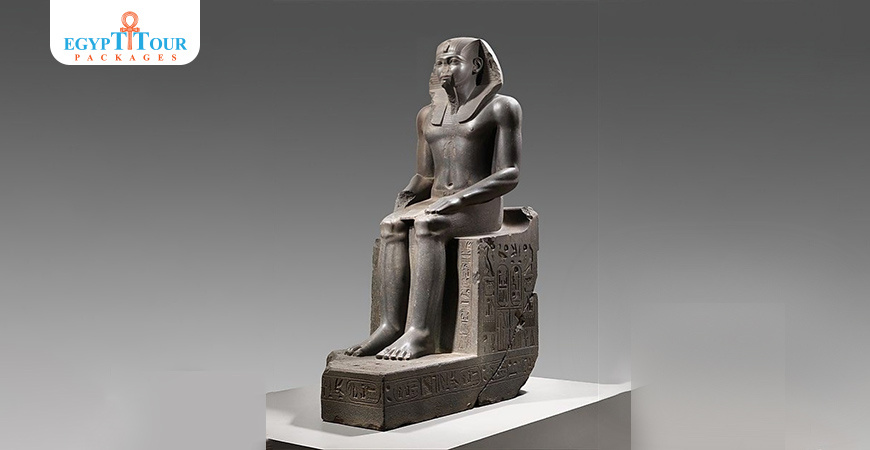
The white pyramid Amenemhat II
The White Pyramid of Amenemhat II is located in the pyramid at Dahshur,and is now nothing more than a pile of rubble,having been heavily quarried for stone
White Pyramid Amenemhat II
Amenemhet II was the son of Senusret I and one of his main queens, Nefru. He was the third ruler of Egypt's 12th Dynasty. Similar to his father, he initially ruled as co-regent with Senusret I, possibly for just two years. During this time, Amenemhet II led an expedition to Nubia. He also appointed his son, Senusret II, as co-regent for a short period before his own death. After his co-regency, Amenemhet II governed Egypt for around 30 years. According to the Oxford History of Ancient Egypt, his reign lasted from 1911 to 1877 BC, while Clayton states it as 1926 to 1895 BC. He decided to build his pyramid in the necropolis of the Old Kingdom at Dahshur, located to the northeast of Snefru's ' The Bent Pyramid, constructed by Pharaoh Sneferu during the Old Kingdom, is an ancient Egyptian pyramid situated in the royal necropolis of Dahshur. Bent Pyramid '. The pyramid, now mostly in ruins, was originally called the 'White Pyramid' due to its white Tura limestone casing. Unfortunately, the casing was stolen by thieves, revealing a core structure made of limestone. The quarrying process left behind piles of white chippings around the base of the pyramid, which may have influenced its name. In ancient times, the pyramid was known as 'Amenemhet Provides'.

The White pyramid
Jacques de Morgan explored the region in 1894-1895, focusing primarily on uncovering the valuable artifacts found in the nearby tombs of important female royals and high-ranking officials. Due to the lack of thorough excavation, the exact measurements of the structure's base length, height, and angle remain unknown. Additionally, the mortuary temple, causeway, and valley temple have not been excavated in a systematic manner. The entrance to the pyramid was located in the middle of its northern side, below a chapel. A straight passage went down to a short corridor before reaching the burial chamber beneath the pyramid's center. The entrance was blocked by two large granite slabs. The underground chamber had four niches, possibly for statues or burial items, and a hidden chamber below the corridor. The ceilings of both the passages and burial chamber were flat, but supported by a gabled roof. A sarcophagus made of quartzite was placed on the floor against the western wall.
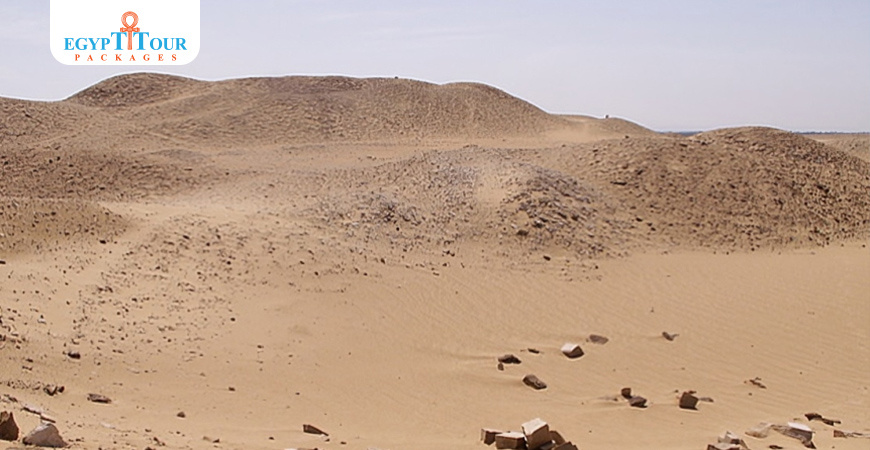
The Pyramid of Amenemhet II at Dahshur
During his investigation, de Morgan discovered fragments of reliefs and two large pylon-like structures at the entrance of the funerary temple on the eastern side of the pyramid. Although the temple has been mostly destroyed, it was once surrounded by a rectangular enclosure wall, similar to the ones found around Dynasty III pyramids.
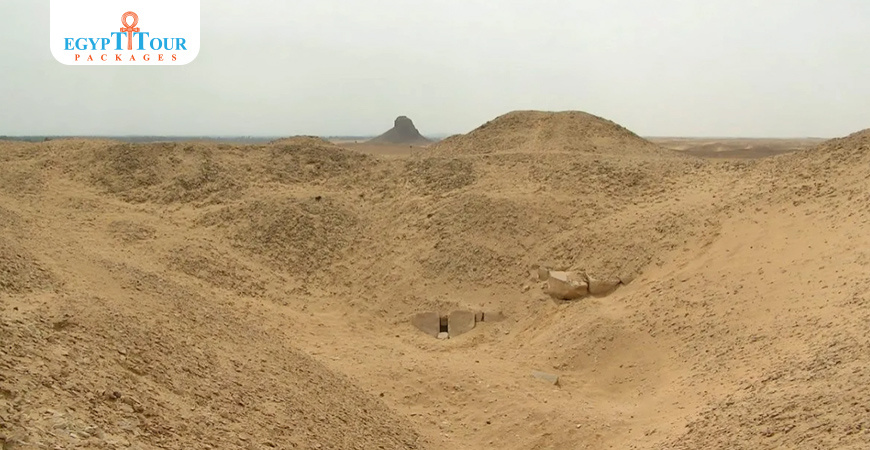
The White Pyramid of King Amenemhat II In Dahshur
De Morgan made an exciting discovery on the western side of the pyramid. Inside the enclosure wall, he found the untouched burials of Princesses Ita, Itweret, and Queen Khnemet. He also uncovered the tombs of Prince Amenemhetankh and Princess Sithathormeret. The burials of Ita and Khnemet were particularly remarkable, as they contained valuable jewelry and burial items. These treasures are currently exhibited at the Cairo Museum.
To reach the Dahshur necropolis, which was previously a military zone, you can either take a taxi from Cairo (maybe along with a trip to Saqqara) or catch a bus to the modern village of Dahshur. The necropolis was opened to the public in 1996.
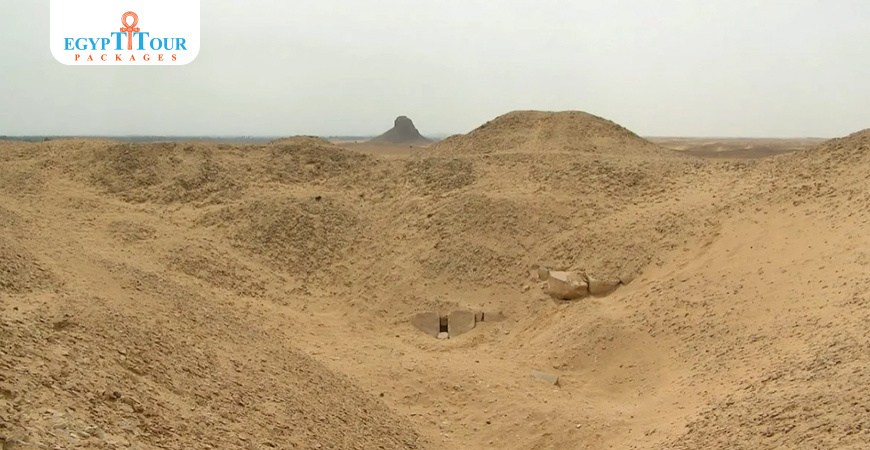
Post A Comment
Your Email Address Will Not Be Published.
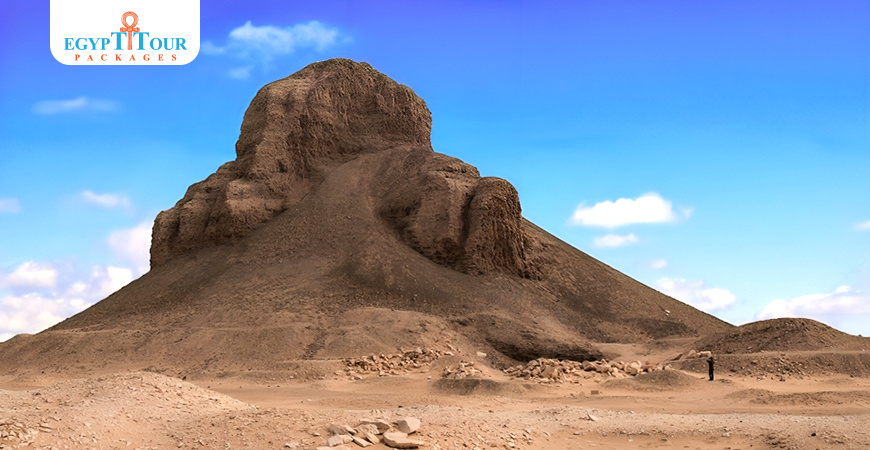


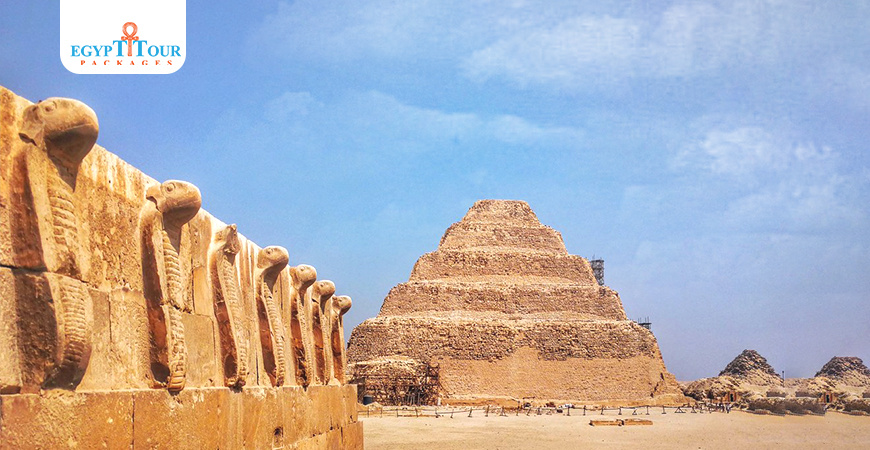







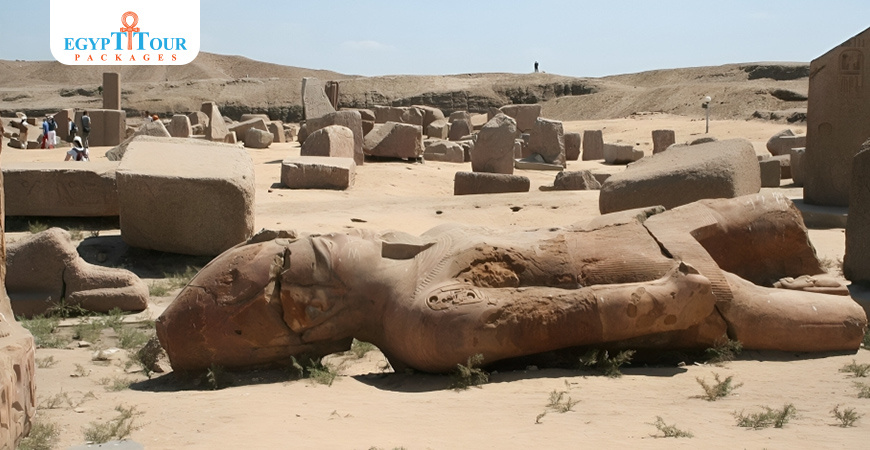


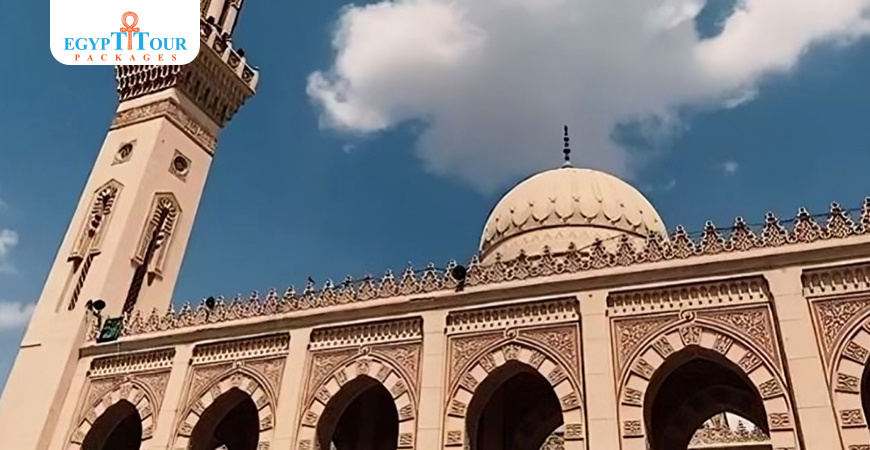


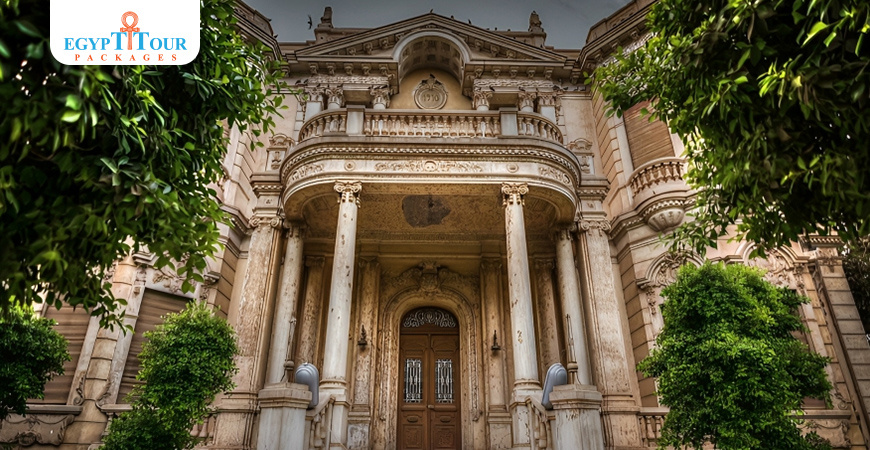
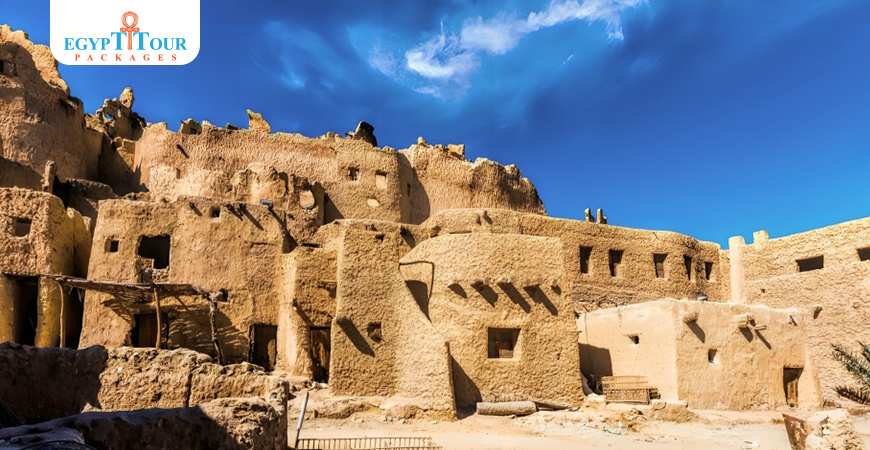
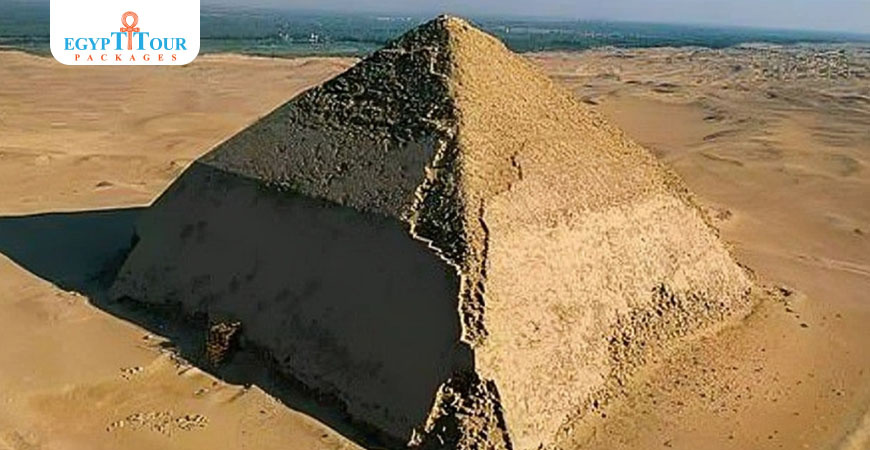
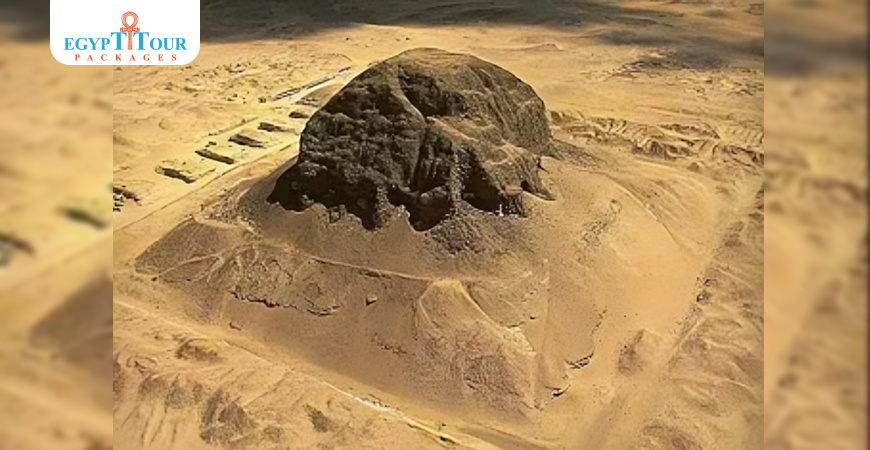
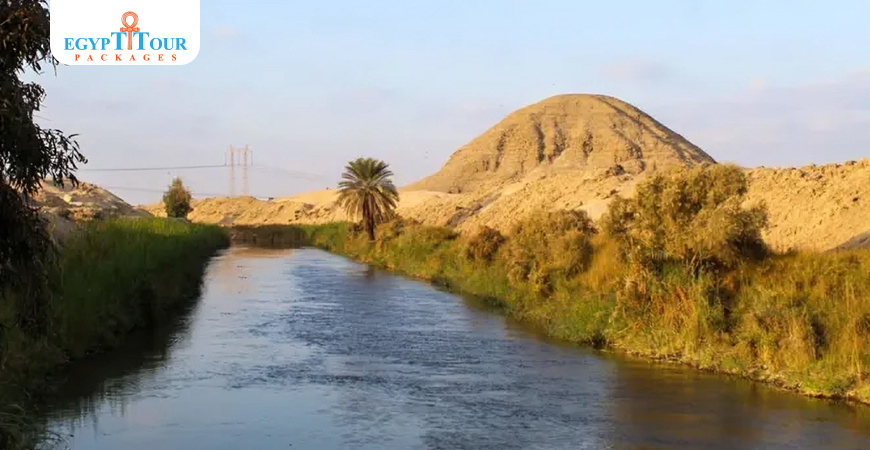
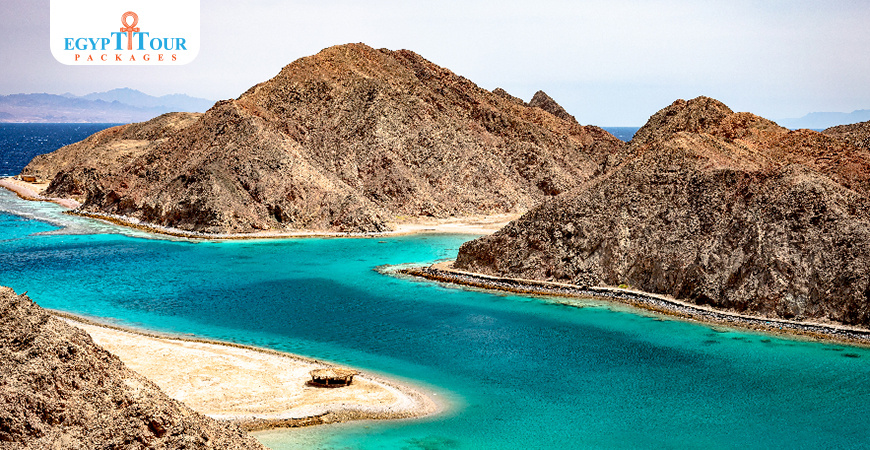

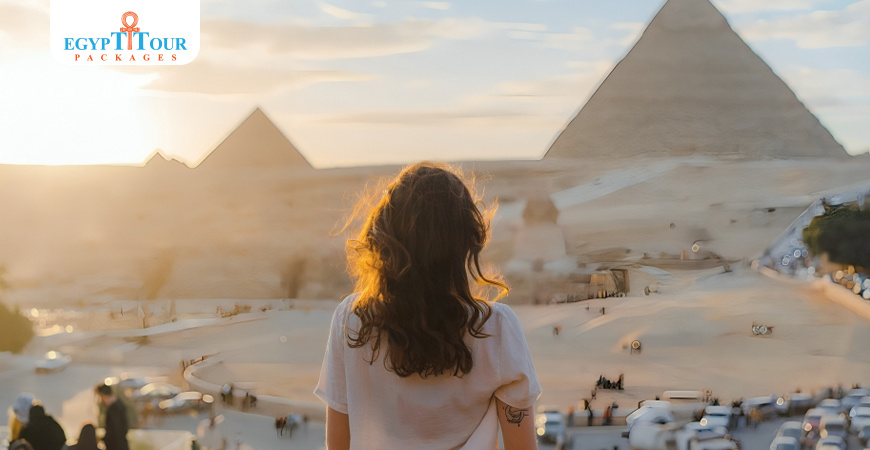
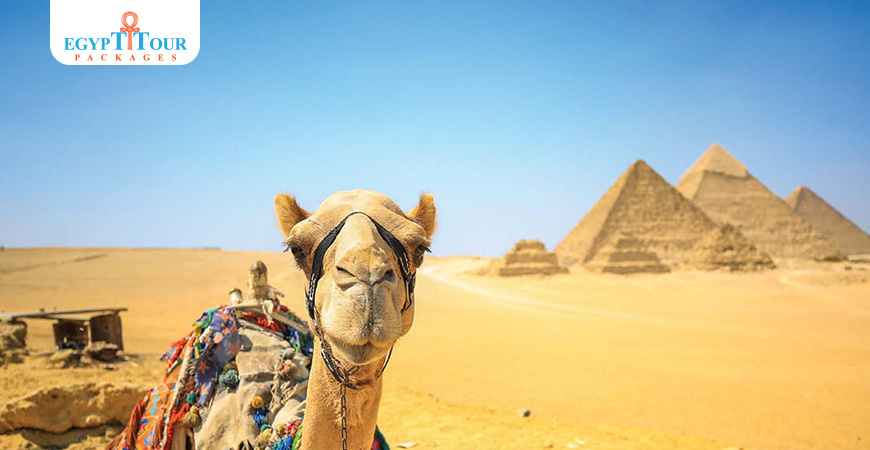











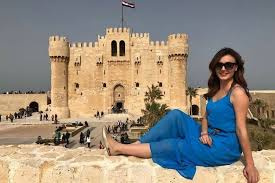

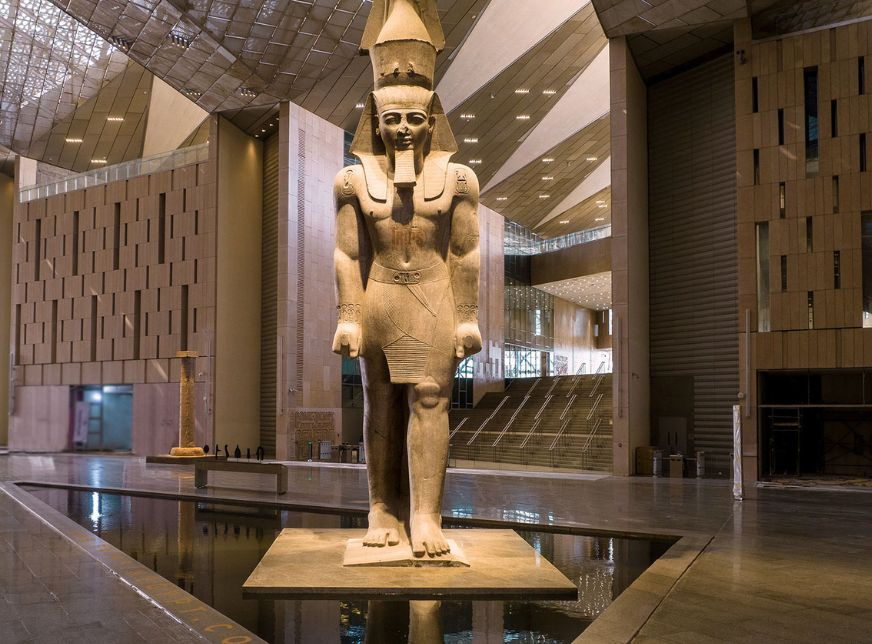


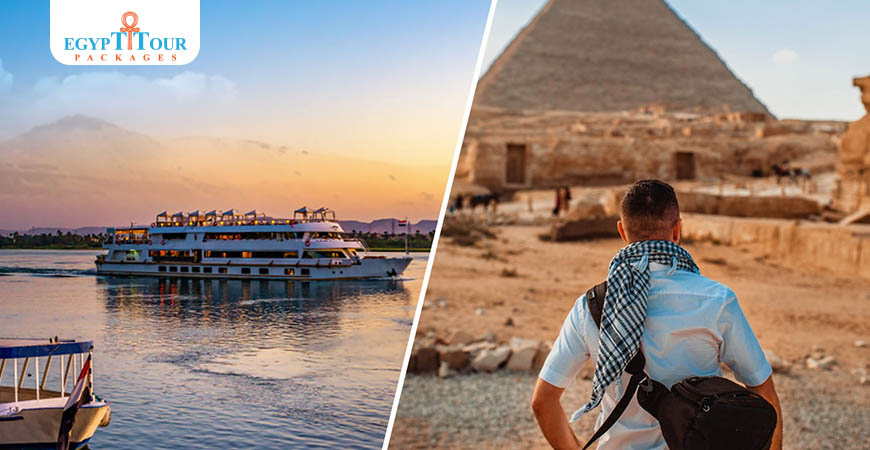




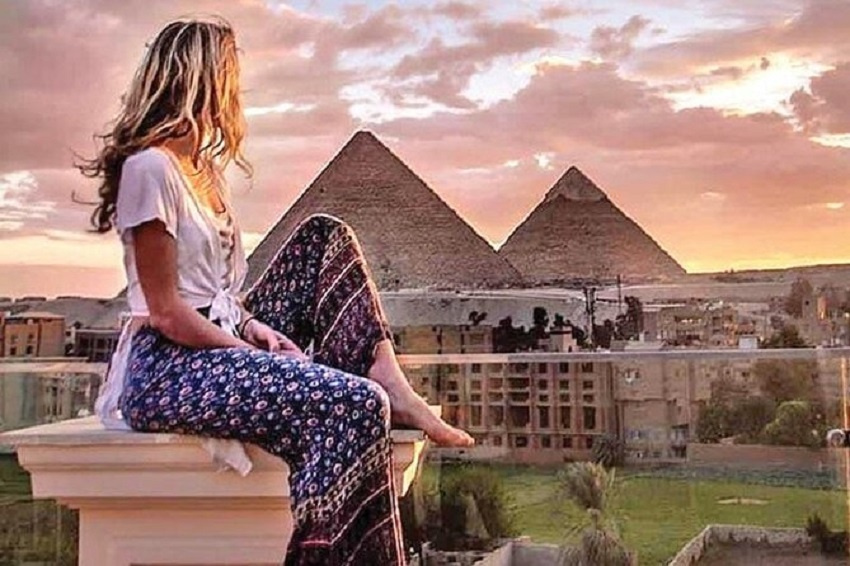
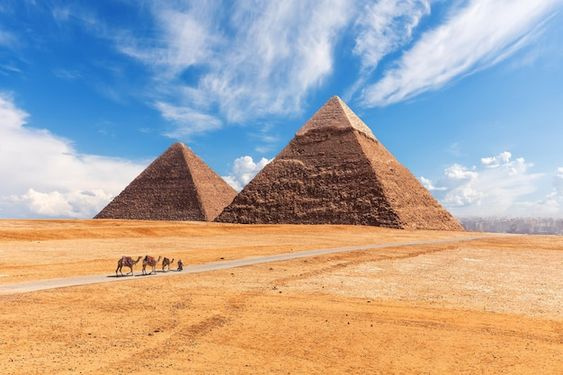
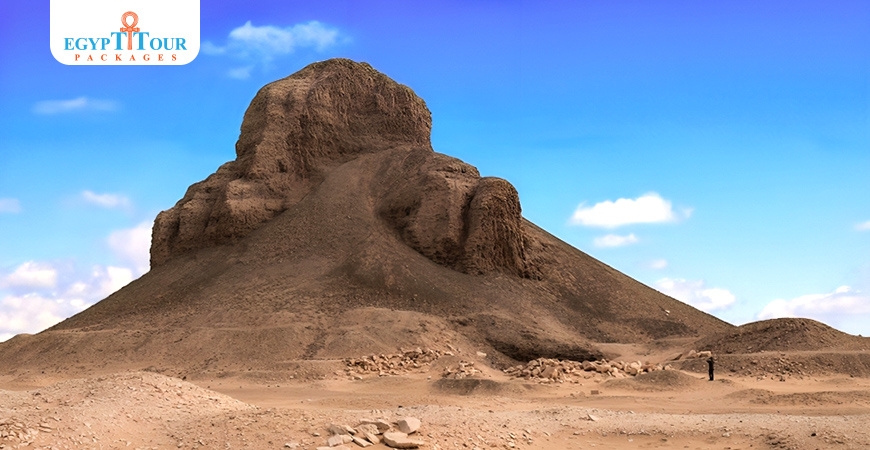

0 Comments